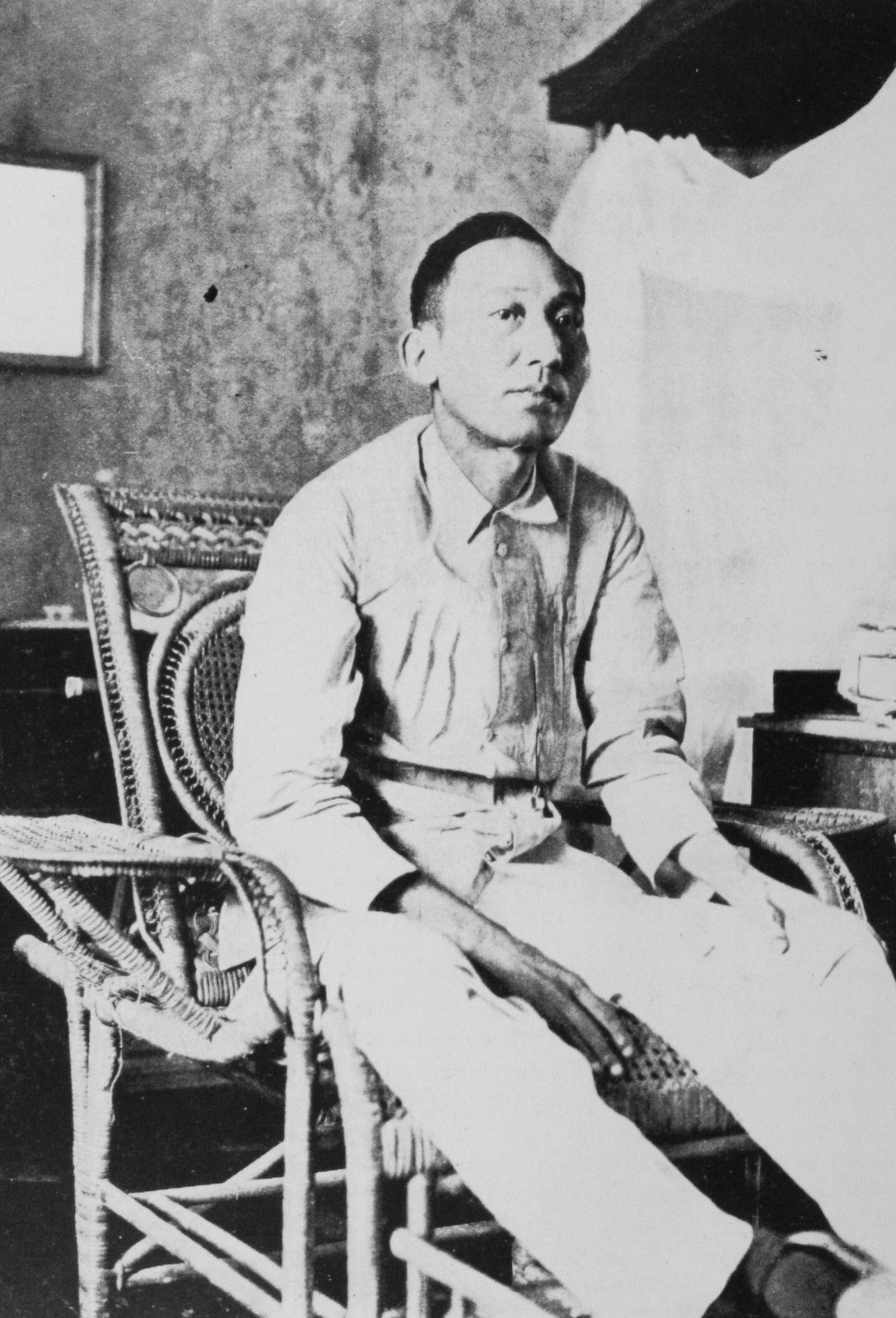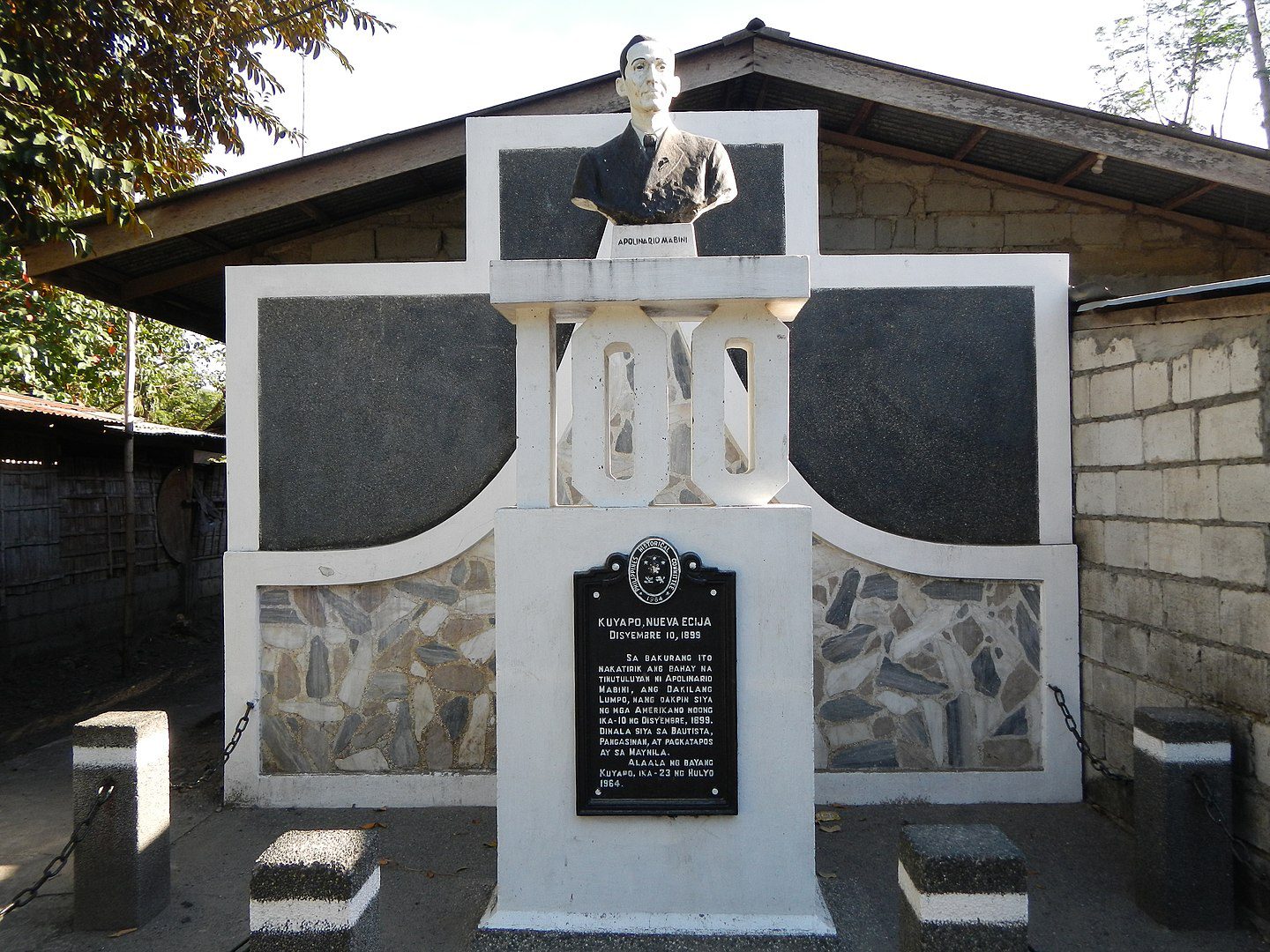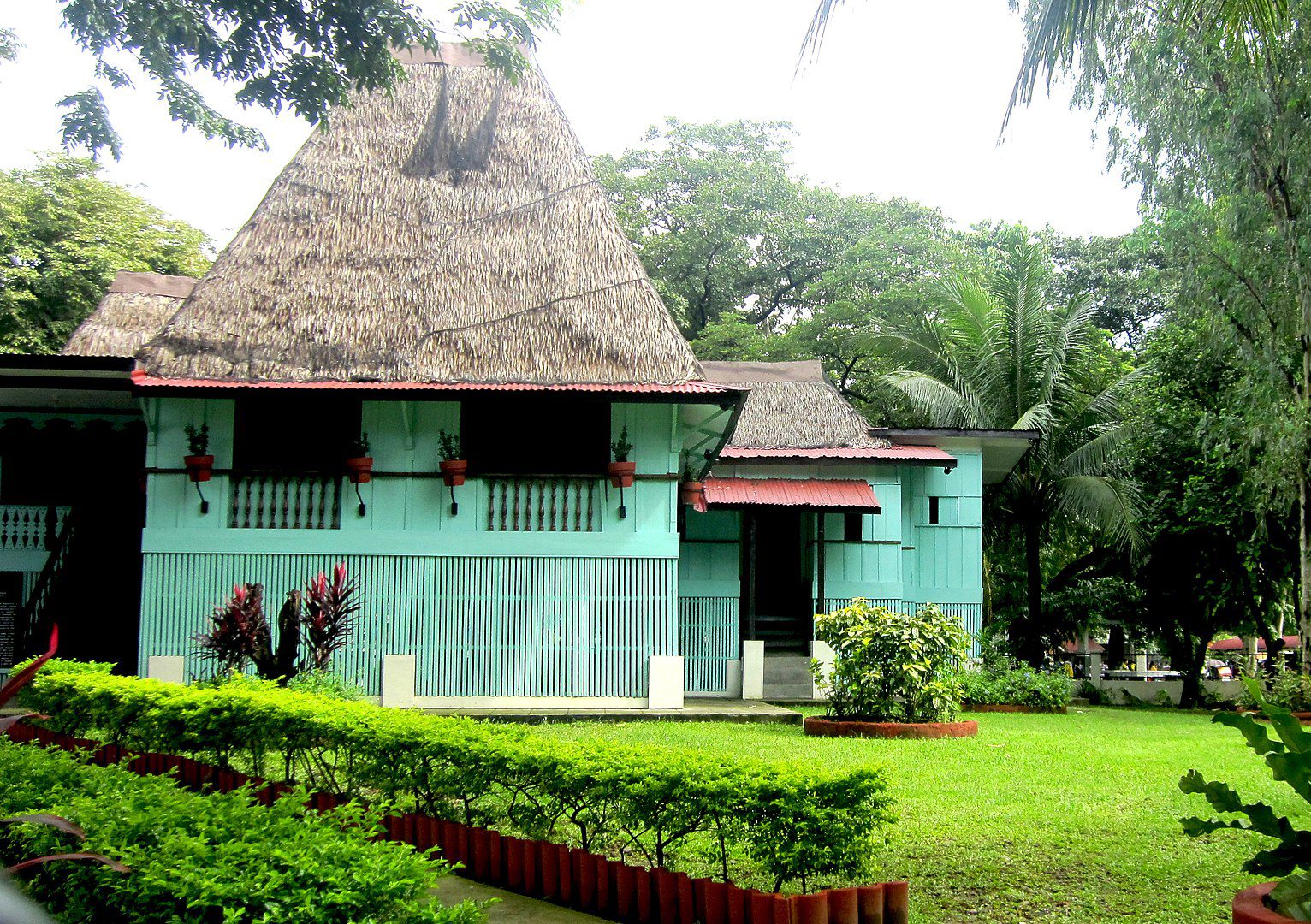
Apolinario Mabini, First Prime Minister of the Philippines – By National Historical Commission – Wikimedia Commons
Top 10 Astonishing Facts about Apolinario Mabini
Apolinario Mabini, full name Apolinario Mabini y Maranan, was a Filipino statesman, lawyer, educator, leader, and revolutionary. He was born on July 23rd, 1864, and passed away on 13th May 1903.
Considered a Philippines national hero, Mabini was the first prime minister in the country and the brains of the revolution. His legacy in the Philippines and the world at large lives on and will continue to do so.
Mabini was a paralytic but this did not stop him from contributing meaningfully and effectively. He instead used his unquestionable brilliance and through several written works he was able to inspire the masses.
Below are some astonishing facts about this Filipino legend, Apolinario Mabini.
1. The Cause of Mabini’s Paralysis Was Controversial
During and after his lifetime, the cause of Mabini’s paralysis was controversial and a mystery to most. This led to the spread of the rumor that his paralysis was a consequence of contracting a venereal disease (syphilis).
This rumor was most likely started by his political detractors, according to historians. This rumor was eventually debunked in 1980 however.
This was after an autopsy was carried out on his remains by doctors from the National Orthopedic Hospital. The results of the autopsy showed that polio was the cause of Mabini’s paralysis.
2. He Was Part of The Thirteen Martyrs of Cavite
In 1893, Mabini joined the La Liga Filipina, a secret revolutionary organization started by Jose Rizal. After joining, he was made the secretary of the organization’s supreme council.
In December that year, Jose Rizal who had been under arrest since 1892, was executed. This saw Mabini fully commit himself to the revolution. He was struck by Polio in 1895 and by January 1896 had lost the use of both his legs.
In 1896, the first active phase of the 1896 Philippine Revolution began with Mabini at the center of it all. However, Spanish authorities caught wind of the plans. This led to the arrest of several members of the La Liga Filipina, Apolinario included.
The were a total of thirteen patriots arrested. They would later be known as the “Thirteen Martyrs of Cavite.” They were tried and eventually executed. However, on seeing that Mabini was a paralytic, the Spanish authorities decided to release him.
3. Mabini Was the Chief Advisor to The Revolution

Portrait of Apolinario Mabini y Maranan (23 July 1864-13 May 1903) – By Unknown Author – Wikimedia Commons
After release, Apolinario was hospitalized due to his illness for a long time. Emilio Aguinaldo, a fellow Filipino revolutionary and then leader of the La Liga Filipina, called for him.
He asked Mabini to serve as the revolution’s advisor. Mabini agreed and during this period, he was able to write several publications. This included two pamphlets that were particularly effective and influential.
They were “El Verdadero Decálogo” and “Ordenanzas de la Revolución”. Because of this role, Mabini was often referred to as the “Brains of the Revolution”.
4. Apolinario Mabini Opened a School
Mabini was raised in poverty which greatly affected and interrupted his studies. Several times he got a job as an instructor to cover his school fees.
Throughout his fourth and fifth high school years, Mabini worked as an auxiliary teacher. He aimed to raise funds to continue his studies. After his fifth year, he worked at a school in Lipa owned by Sebastian Virrey.
In 1893, he opened a school. According to D. Manuel Arellano, Inspector of Schools the venture was a huge success. It was ranked among the top schools in the country at the time.
However, the school would be closed two years later due to his illness and participation in the revolution.
5. Mabini Was the First Prime Minister of the Philippines

Apolinario Mabini Memorial (Cuyapo, Nueva Ecija) – By Ramon FVelasquez – Wikimedia Commons
General Aguinaldo, who had been exiled to Hong Kong returned to The Philippines in May 1898. This was after the Philippine Declaration of Independence on June 12. Mabini authored the decree which established Aguinaldo’s Dictatorial Government.
On January 1st, 1899, the Malolos constitution was promulgated. It became the basic law of the First Philippine Republic. With this constitution, came a change in power. This saw Apolinario Mabini appointed as the country’s first Prime Minister and Foreign Minister.
After his appointment, Mabini was at the center of the country’s most critical period. This was because of negotiations with the Americans.
After trying consistently and failing, Mabini felt the Americans were not negotiating ‘bona fide’. He resigned from his position and the government on May 7th, 1899. After this, he proceeded to support the war against the Americans.
6. He Was Exiled During the Philippine-American War
After resigning and joining war efforts against the Americans, Mabini became a threat to the Americans. On 10th December 1899, he was captured at Cuyapo, Nueva Ecija.
In 1901, Mabini together with many other revolutionists was exiled to Guam. On February 26th, 1903, Mabini returned to the Philippines. This was possible as he agreed to take the Oath of Allegiance to the United States.
7. His Remains Have Been Moved Twice

Apolinario Mabini Monument in Tanauan, Batangas – By Ramon FVelasquez – Wikimedia Commons
A few months after his return from Exile, Mabini passed away on 13th May 1903 at 38 years of age. The cause of his death was Cholera. He was laid to rest in Manila’s Chinese Cemetery after passing away.
Years later, however, his bones were exhumed and moved to the North Cemetery’s Mausoleo de Los Veteranos de la Revolucion, also known as the Mausoleum for the Veterans of the Revolution. Mabini’s remains were transferred again to a tomb at the Mabini Shrine in Tanauan, Batangas, in 1965.
8. He Had Exceptional Memory
Mabini was said to have a remarkable memory, despite her modest demeanor. This helped him on his path to completing his degree. His superior intelligence manifested at a young age.
During his early years in the School of Tanauan, he excelled in all his subjects, according to reports, one of his schoolmates and academic rivals, Diego Gloria testified to this. She said that “…he studied them (lessons and books) conscientiously and could recite them by heart to the last word.”
9. His Mother Wanted Him to Become a Priest
Mabini stated in his autobiography La Revolucion Filipina (The Philippine Revolution) that his mother, Dionisia Maranan wanted him to become a priest.
But Mabini said that he was not intended for the priesthood. He wrote, “I am, however, convinced that the actual minister of God does not wear a cassock, but everyone who declares his glory by good works of service.”
10. Mabini Has Been Immortalized in Several Ways

The Mabini Shrine, now located in the PUP campus in Santa Mesa, Manila – By Joven Christian B. Jacolbia – Wikimedia Commons
The Philippines is what it is today thanks to Mabini, though not single-handedly. It, therefore, goes to reason that he is appreciated immensely in the country. This comes in the form of tributes, awards, and other honors.
One way he has been honored is through two shrines that are hosted in his name and honor. These shrines are the house where he died, located at Polytechnic University of the Philippines (PUP), and his burial place in his town of birth.
There are four municipalities that have been named after him. They include; Mabini, Batangas, Mabini, Bohol, Mabini, Davao de Oro, and Mabini, Pangasinan. The Southern Tagalog Arterial Road or Apolinario Mabini Superhighway is named after him.
The Philippine ten-peso coin adorns Mabini’s face. The Gawad Mabini award is awarded to Filipinos for distinguished foreign service or promoting the prestige of the Philippines abroad. The Apolinario Mabini Awards are given annually by the Philippine government to deserving disabled individuals.
Planning a trip to Paris ? Get ready !
These are Amazon’s best-selling travel products that you may need for coming to Paris.
Bookstore
- The best travel book : Rick Steves – Paris 2023 – Learn more here
- Fodor’s Paris 2024 – Learn more here
Travel Gear
- Venture Pal Lightweight Backpack – Learn more here
- Samsonite Winfield 2 28″ Luggage – Learn more here
- Swig Savvy’s Stainless Steel Insulated Water Bottle – Learn more here
Check Amazon’s best-seller list for the most popular travel accessories. We sometimes read this list just to find out what new travel products people are buying.






